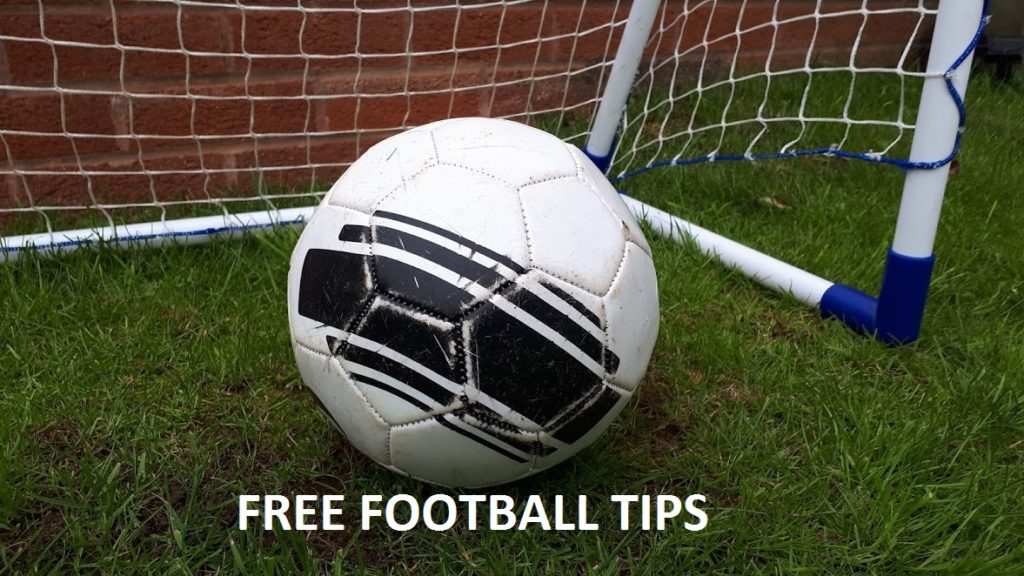In the sphere of soccer, evaluation is often the underappreciated hero of triumph on the field. While supporters marvel at stunning goals and thrilling saves, a distinct kind of alchemy unfolds behind the scenes. This is where tactical soccer analysis plays a crucial role, analyzing every move, setup, and strategy employed by teams. Understanding the subtleties of the game can transform not only how we enjoy it but also how we coach, engage, and wager on football.
By delving into the elements of football evaluation, fans can gain knowledge that enhance their understanding of the sport. From studying player actions to assessing strategies, the techniques employed in tactical analysis are both intricate and beneficial. Whether you’re a trainer looking to improve your squad’s approach or a fan eager to understand the details of each match, exploring the realms of football analysis will definitely boost your experience of the great game.
Essential Statistics for Football Strategy
Regarding tactical football analysis, comprehending the correct metrics is essential for discovering the intricacies of team performance. One of the key metrics to factor in is possession percentage, which measures how much time a team controls the sphere during a match. A high possession percentage can indicate a team’s ability to control the pace and rhythm of the game, while reduced possession may imply a more reactive strategy. This metric can also uncover the efficacy of a team’s preparation play and their ability to maintain control under stress.

Furthermore crucial metric is pass accuracy, which measures how efficiently a team executes its distribution throughout a match. High pass accuracy is frequently associated with a team’s composure and tactical harmony, as it indicates their ability to carry out planned movements and quickly move between defensive play and attack. Analyzing pass accuracy in conjunction with the types of passes made can deliver deeper insights into a team’s formation, revealing whether they lean towards short, quick passes or longer, riskier balls.
Additionally, critical passes and xG, play significant roles in tactical analysis. Critical passes emphasize the ingenuity and vision of players, as they denote passes that result directly to scoring opportunities. At the same time, expected goals assesses the caliber of chances created, offering a deeper knowledge of a team’s attacking effectiveness. By evaluating these metrics together, analysts can determine not just whether a team produces goals, but how competently they create those opportunities in alignment with their overall strategy.
Grasping Defensive Formations
Defensive structures in football are critical to a club’s capacity to prevent the enemy from netting goals. Nohu These structures change widely among teams and can significantly affect the overall strategy used during a match. Common setups such as the 4-4-2, 4-3-3, and 5-3-2 each provide unique strengths and weaknesses. For case, a 4-4-2 formation offers a balance between guarding and attack, while a 5-3-2 can create a much robust protective unit, particularly useful against stronger rivals.
The key to effective defensive organization lies in communication and placement. Players must understand their functions within the framework and how to maintain form when the ball is in play. Defenders work in harmony to cover areas and mark attackers, while midfielders may fall back to support the protection. This collaboration can create a strong defensive wall that is hard for enemy teams to penetrate. Coaches often highlight drills that promote teamwork and vigilance on the field to enhance this element of game.
Moreover, grasping the planning subtleties of an opponent’s attacking movements can lead to a greater efficient defensive strategy. Studying how enemy teams leverage protective gaps can guide adjustments in arrangement and player roles. By studying the formation and motion of forwards, defenders can foresee danger and position themselves suitably. This level of scrutiny not only aids in immediate game preparation but also boosts a team’s enduring guarding capabilities.
Assessing Offensive Tactics
In strategic football evaluation, evaluating offensive tactics necessitates a thorough examination of how teams generate goal-scoring chances. This includes investigating the movement of players, the patterns of play, and the effectiveness of setups used during games. Managers often implement targeted tactics designed to exploit weaknesses in the rival’s defense while optimizing their athletes’ capabilities. Understanding these dynamics can uncover why certain strategies result in more scores while the rest fail.
One more crucial factor is the synergy between individual players during offensive plays. This encompasses how effectively players converse, coordinate their movements, and support one another on the field. For example, examining the interplay between forwards and midfielders can highlight successful passes that lead to goal-scoring chances. Moreover, the timing and execution of runs off the ball can significantly influence a team’s ability to stretch defenses and generate space for shots on goal.
In conclusion, one must consider how various situational factors affect attacking tactics, such as the opponent’s defensive setup, the score, and the game location. Groups may modify their approaches based on whether they are playing at their home ground or away, or if they are leading or trailing in a game. By taking these elements into consideration, one can better understand the strategic nuances of a squad’s attacking performance and the effectiveness of their overall approach in various scenarios.
